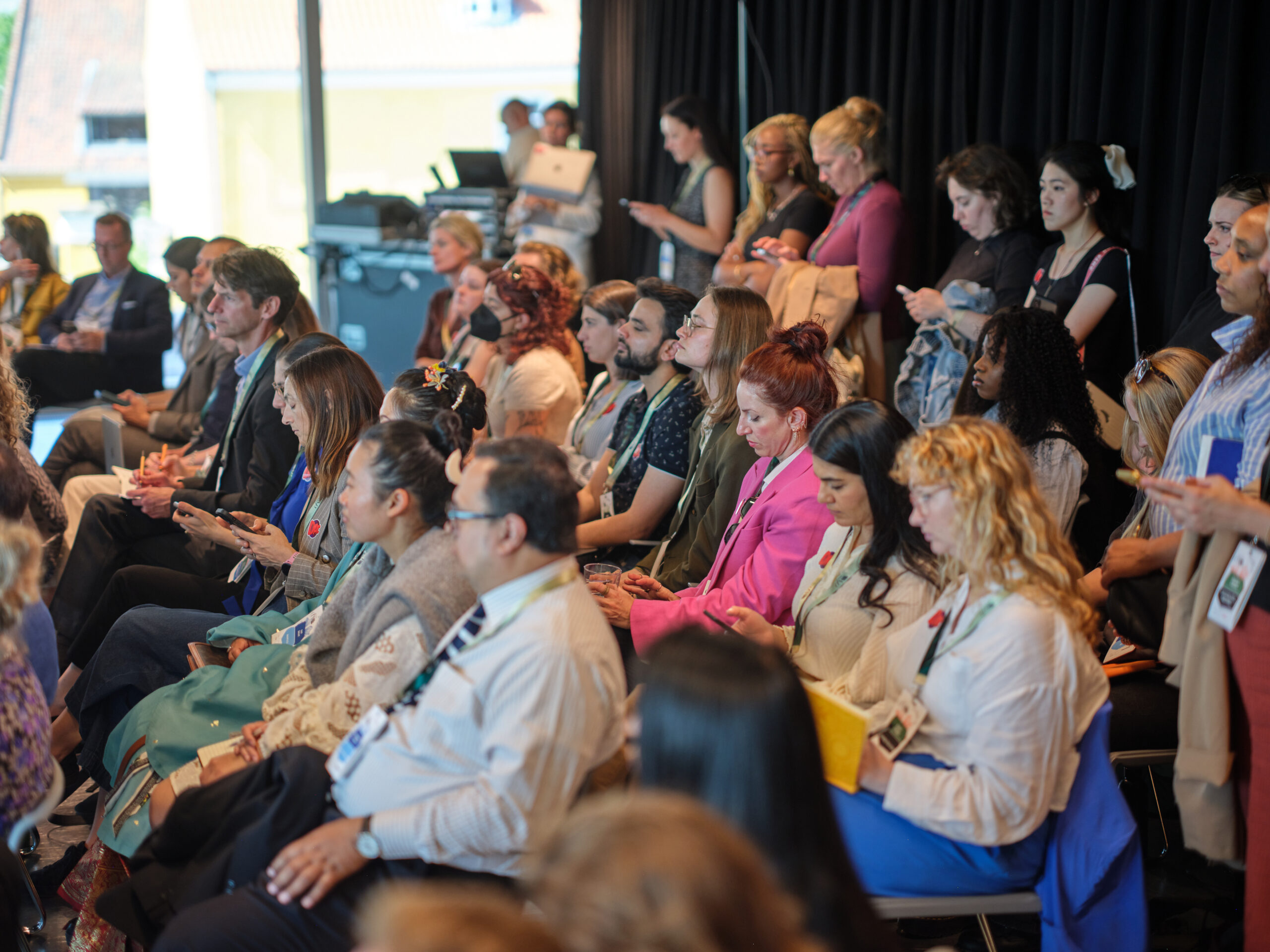The microorganisms in Colorifix dyes are killed by the heat during the process, removing a key polluting factor in conventional dyeing, when waste water is poured into water bodies.
“Cells naturally produce nutrients and concentrate other things such as salts, that act as ‘natural fixers’ during dyeing,” says Ajioka. “This means no chemicals need to be added to ‘fix’ the colours onto fabric. In conventional dye-houses, chromium fixatives are sometimes added, rendering some garments non-recyclable, says Ajioka.
Colorifix can reduce water use by 77% overall compared to traditional dyeing processes, though exact levels may differ depending on what is being dyed. The company also uses less energy, natural gas and chemicals during the dyeing process, versus the conventional dyeing procedure.
However, the overall water reduction of Colorifix technology can be higher or lower, since global dyeing processes differ. Likewise, other climate benefits vary by region. For example, in most European countries, natural gas is used to provide the energy to heat dye-house boilers, while many South American countries use biomass. Operational emissions also differ by country, due to the varying transportation systems, making comparisons harder, adds Ajioka.




